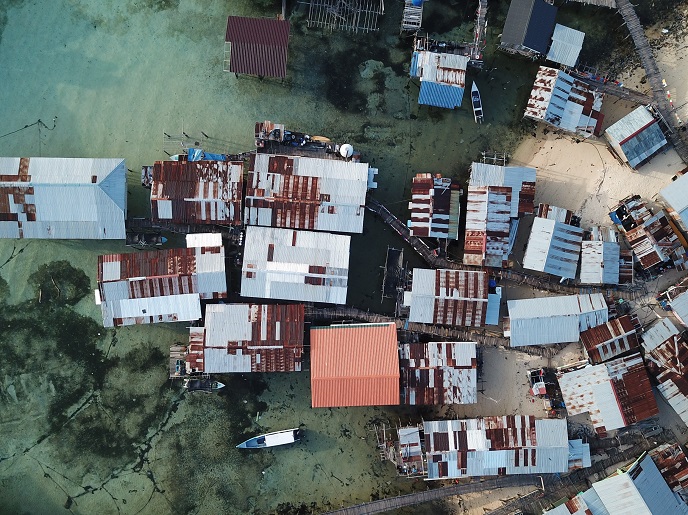Understanding the drivers of Arctic biodiversity
Global warming is fundamentally altering biodiversity and the climate in the Arctic. These changes will impact local human populations, see major socio-economic feedback and have long-term implications. In the CHARTER(opens in new window) project, researchers are advancing the state-of-the-art knowledge of changes to Arctic biodiversity and socio-ecological systems, to bolster the capacity of local communities to adapt to these changes. The project is working to improve knowledge on several fronts: transitions in vegetation cover; energy balance and climatic change over time; how shifts in biodiversity are likely to affect Indigenous and local communities; as well as integrating detailed carbon exchange and albedo effects into Arctic modelling efforts and developing new policies to support Arctic communities. “Incorporation of social-ecological and economic drivers into Arctic regional modelling is a difficult task, but we think we are making progress,” says Bruce Forbes(opens in new window), research professor from the Arctic Centre at the University of Lapland(opens in new window), and CHARTER project coordinator.
Combining fieldwork with citizen science
Running until 2025, the CHARTER project involves 21 research institutions across nine countries, and many different kinds of fieldwork across different seasons, led by professional researchers, local and Indigenous partners and citizen scientists. Unfortunately, fieldwork and cooperation in Russian field sites was suspended following the Russian invasion of Ukraine. Local communities helped with snow sampling research, mapping of reindeer pasture at different scales, and participatory workshops in which those working in the region, such as herders and fishers, discussed what they saw as the main issues in the coming decades. The modelling examines potential changes through to 2050, and potential climate feedback loops emanating from changes in surface albedo – the reflection of sunlight back into the atmosphere from land surfaces such as snow or vegetation. The project also includes remote sensing work exploring changes in vegetation on reindeer pastures from Fennoscandia to West Siberia.
Multidisciplinary and multicultural research
The work of the multidisciplinary research consortium has already led to several high-level peer-reviewed publications that generated broad interest. The other achievement is the ethical co-development of the project with local and Indigenous partners and the inclusion of Indigenous scholars within the research team, notably Sami and Nenets. The team also held an Arctic Biodiversity Policy event in Brussels, Belgium in 2022, which was so successful that another is planned in conjunction with the European Polar Science Week(opens in new window) in Copenhagen, Denmark during the first week of September 2024. The consortium is making a major push to disseminate results publicly through a combination of science and art exhibition models such as StoryMaps(opens in new window), as well as to policymakers.
Harnessing Indigenous knowledge
One area of focus is the long-term biodiversity of the Arctic and northern boreal ecosystems where Indigenous peoples (Sami and Nenets) and others such as Finns who herd reindeer, hunt and fish, have their livelihoods based. One of the big issues for Nenets’ social-ecological systems has been catastrophically high mortality of herded reindeer due to the increasing intensity and frequency of rain-on-snow events, for example. “Because we focus on the interactions between Arctic livelihoods, biodiversity and climate, the best experts are the local and Indigenous peoples who have practised these livelihoods for centuries, if not millennia,” explains Forbes. “Understanding future resilience and adaptive capacity requires co-developing the research plans and questions with locals,” he adds.







